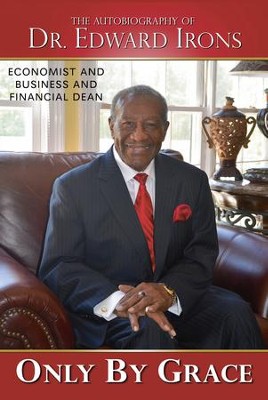
Edward Irons
Dr. Edward Irons spent more than sixty years as a university educator; a business, government and educational executive; a management and financial consultant to business, banks and to the U.S. and foreign governments including the United Nations Economic Commission on Africa. He served on a number of corporate boards and numerous nonprofit organizations. He was appointed to boards and commissions by four Atlanta mayors, three Georgia governors, and one Oklahoma governor. He became the principal organizer and first president of Riverside National Bank, Houston Texas, in 1964. The bank group became the first national charter to be granted to black Americans in the U.S. during the preceding 40-years, and in the process, a renaissance of minority bank ownership in the U.S. was initiated, which was his vision. Dr. Irons grew up in a small, rigidly segregated Oklahoma town—population 6000, of which, less than ten-percent were black. The Grand Cafe on Route 66 featured a neon sign that read: “Nigger Chicken.” Irons recalls, “Those of us who lived on the north side of town had to walk by that restaurant in route to school every day.” Like most proletariat families at that time, his parents never made enough money to fund their four children’s college education. In 1940 (when Dr. Irons was 17-years old), the average black male in the U.S. attended less than six years of school, and the average white attended only nine years. The 1930s and early 1940s included the great depression years. Under those conditions, neither blacks nor whites were attending college in significant numbers. His parents never finished high school; however, he managed to earn a Ph.D. in Finance from Harvard University Graduate School of Business in 1960, before it was common or acceptable for black people to be admitted to Ivy League Schools. In spite of racism, segregation and perpetual adversity, Dr. Irons went on to become a living testimony to the power of hope and steadfastness against improbable odds.